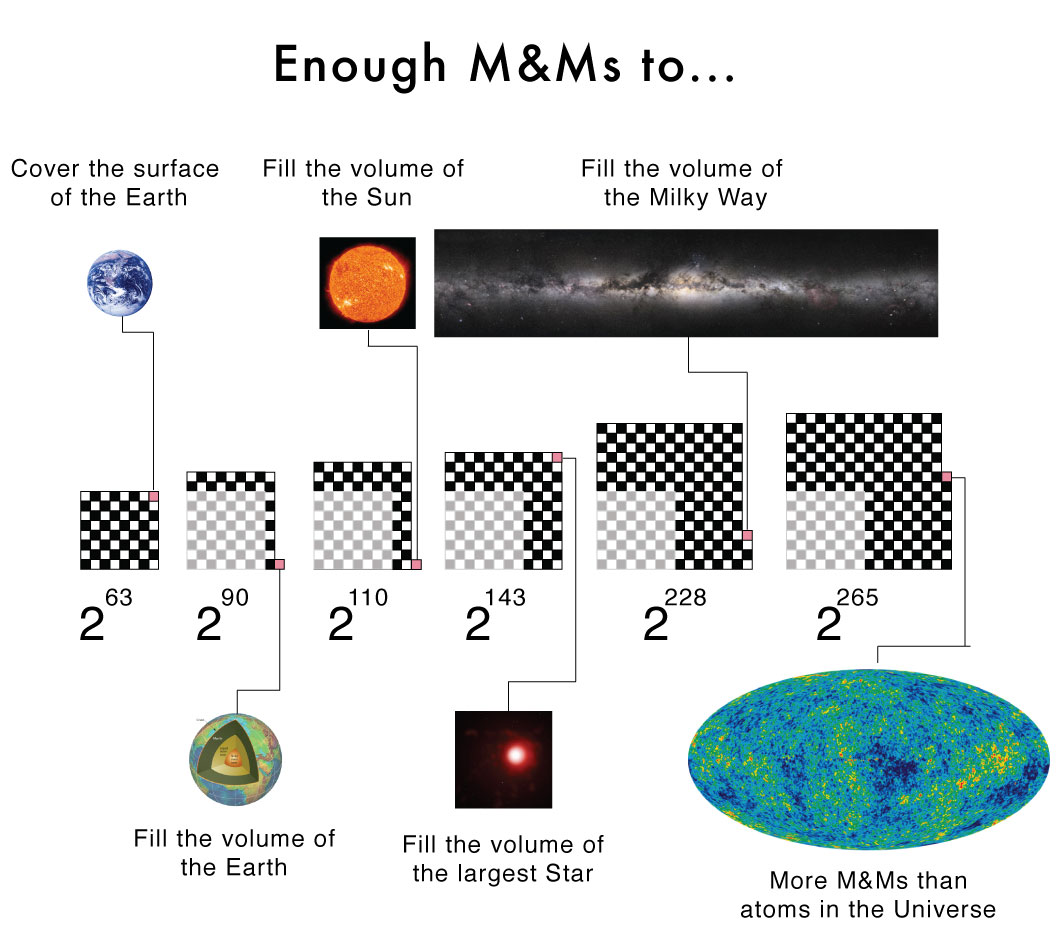Excellent overview by Jennifer Ouellette of a new paradox that is taking the physics world by fire. I first heard about this a month ago from Patrick Hayden. It looks like this could turn into one of the great thought experiments that tackles the difficulties merging quantum mechanics and general relativity.
Paradoxes in physics have a way of clarifying key issues. At the heart of this particular puzzle lies a conflict between three fundamental postulates beloved by many physicists. The first, based on the equivalence principle of general relativity, leads to the No Drama scenario: Because Alice is in free fall as she crosses the horizon, and there is no difference between free fall and inertial motion, she shouldn’t feel extreme effects of gravity. The second postulate is unitarity, the assumption, in keeping with a fundamental tenet of quantum mechanics, that information that falls into a black hole is not irretrievably lost. Lastly, there is what might be best described as “normality,” namely, that physics works as expected far away from a black hole even if it breaks down at some point within the black hole — either at the singularity or at the event horizon.
Together, these concepts make up what Bousso ruefully calls “the menu from hell.” To resolve the paradox, one of the three must be sacrificed, and nobody can agree on which one should get the ax.
Physicists don’t lightly abandon time-honored postulates. That’s why so many find the notion of a wall of fire downright noxious. “It is odious,” John Preskill of the California Institute of Technology declared earlier this month at an informal workshop organized by Stanford University’s Leonard Susskind. For two days, 50 or so physicists engaged in a spirited brainstorming session, tossing out all manner of crazy ideas to try to resolve the paradox, punctuated by the rapid-fire tap-tap-tap of equations being scrawled on a blackboard. But despite the collective angst, even the firewall’s fiercest detractors have yet to find a satisfactory solution to the conundrum.
Joe Polchinski, one of the authors who published the paper on the blackhole firewall paradox, has a more technical write up of the subject over on Cosmic Variance.
Earlier this year, with my students Ahmed Almheiri and Jamie Sully, we set out to sharpen the meaning of black hole complementarity, starting with some simple `bit models’ of black holes that had been developed by Samir Mathur and Steve Giddings. But we quickly found a problem. Susskind had nicely laid out a set of postulates, and we were finding that they could not all be true at once. The postulates are (a) Purity: the black hole information is carried out by the Hawking radiation, (b) Effective Field Theory (EFT): semiclassical gravity is valid outside the horizon, and (c) No Drama: an observer falling into the black hole sees no high energy particles at the horizon. EFT and No Drama are based on the fact that the spacetime curvature is small near and outside the horizon, so there is no way that strong quantum gravity effects should occur. Postulate (b) also has another implication, that the external observer interprets the information as being radiated from an effective membrane at (or microscopically close to) the horizon. This fits with earlier observations that the horizon has effective dynamical properties like viscosity and conductivity.
I love that one of the postulates is called "no drama."









